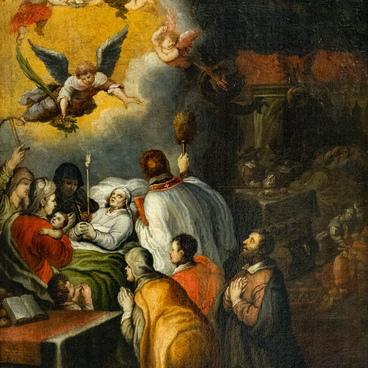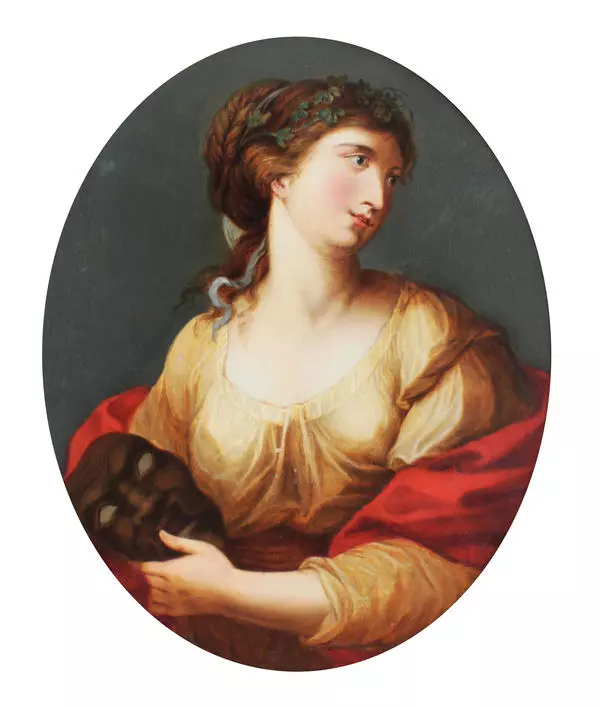The collection of the Sakha Republic National Art Museum includes an oil-on-canvas portrait by Swiss artist Angelica Kauffmann, a representative of neoclassicism and one of the most talented women of the Enlightenment.
Nature generously endowed Kauffmann with the talent of a painter, musical abilities, extraordinary intelligence and beauty. She gained early European fame, was a member of the Florentine Academy of Arts, a member of the Academy of St. Luke in Rome, the French and British Royal Academies, the Venetian Academy, and one of the two founding women of the Royal Academy of Arts in London in 1768. She was admired by many contemporaries, including such connoisseurs of beauty as Goethe and Winckelmann.
Angelica Kauffmann lived in Italy for many years. Kauffmann’s natural talent and hard work quickly led to public recognition. She created many works on biblical, historical and ancient subjects, but became known primarily as a talented portraitist. At one time, it was considered prestigious to commission a portrait “from Kauffmann”; her circle of customers consisted of high-ranking officials and nobles, including Russian aristocrats. It is known that the artist painted a portrait of Paul I, who traveled under the pseudonym “Prince Severny” (the Northern Prince).
A child of her century, Kauffmann followed the
principles of salon art in the portrait genre, often unwittingly giving her
models the lightness of the Rococo style. Similarly, in the “Portrait of the
Artist, ” nothing reminds us of the craft of the lady posing in the painting;
except for the artistic brushes in her hands, with a palette of paints in the
background. When looking at the depicted woman in a light dress draping her
figure with soft folds, and her pearl necklace, one might involuntarily think
that the sitter has only recently sparkled in high society. There is a slight
smile on her face, the model calmly looks at the viewer. The face of the model,
which is not distinguished by classic features, is not devoid of charm. The
dark background, the subtlety of the painting technique, and the calm color
palette contribute to the authentic depiction of the sitter. Her facial
features are depicted realistically, which is characteristic of the
Enlightenment era.





